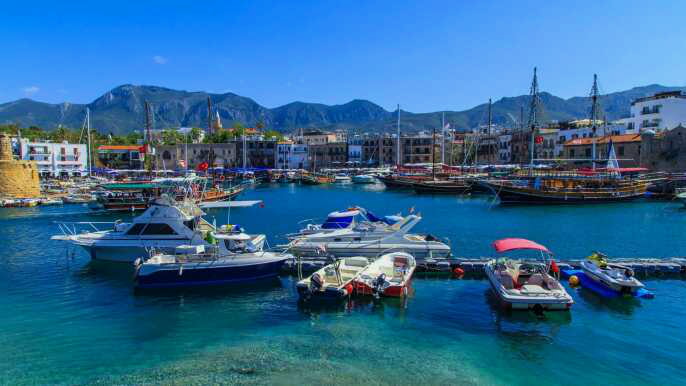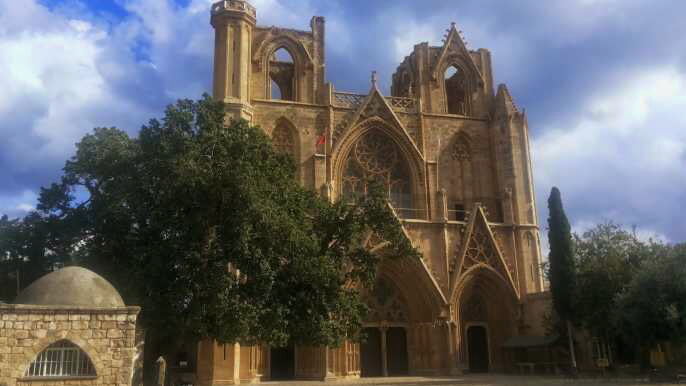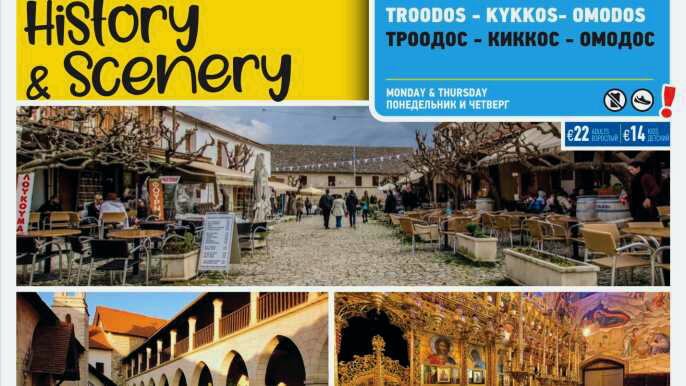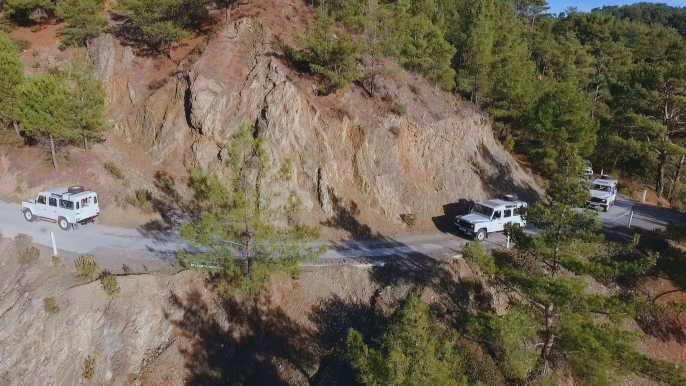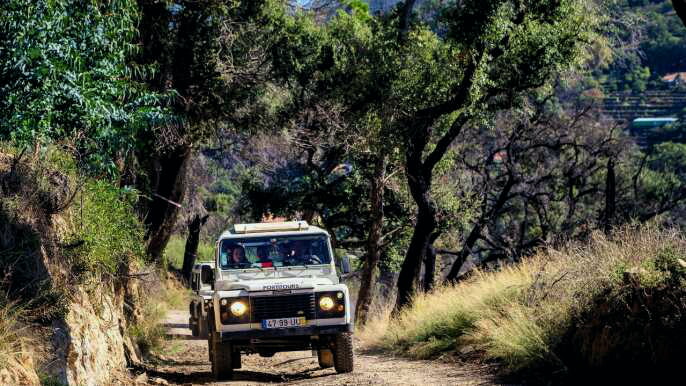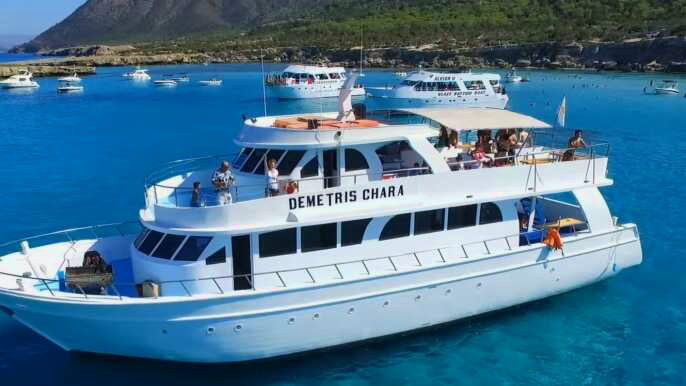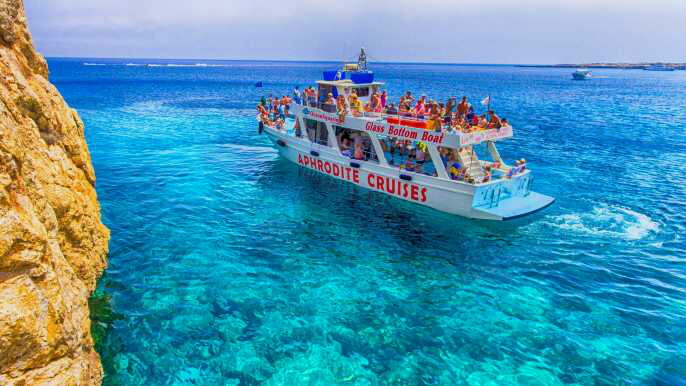The Cypriot capital of Nicosia is a fascinating place to visit. It’s split into two halves North and South, controlled by two different governments – Greek Cypriot and Turkish.
One of the best things to see in Nicosia is its Venetian walls, which encircle the old town in the shape of a star. They were built in the 16th century and are incredibly well preserved.
Leventis Museum
The Leventis Museum, located at 15 and 17 Hippocrates street in Nicosia, is a fascinating place to visit. It focuses on the city's history and culture from the Chalcolithic to the present day through its exceptional Collection of archaeological artifacts, costumes, pottery, maps and engravings.
The Museum was established in 1984 and the collections narrate the history of Nicosia from the ancient times to the modern period through the permanent exhibition galleries.
The Museum also offers a wide range of educational programmes and events. This includes temporary exhibitions, guided tours, lectures and evening events aimed at bringing the Collections to life.
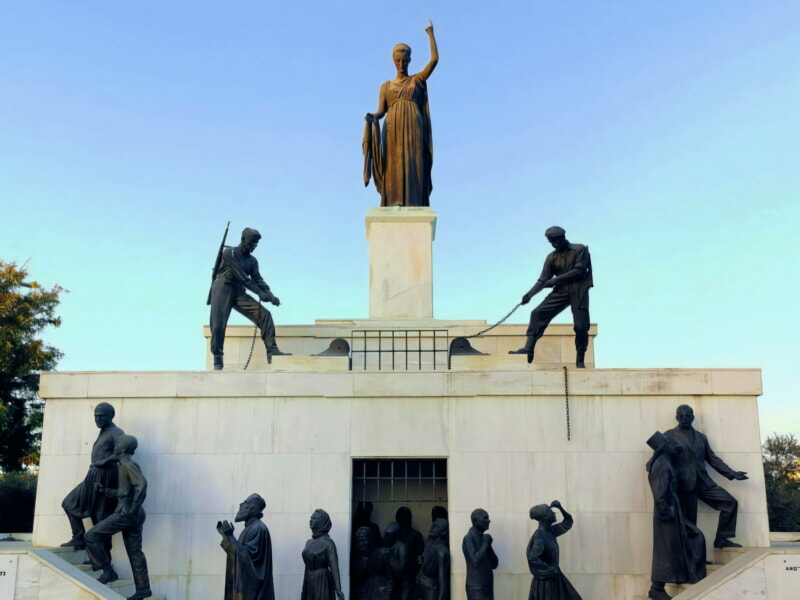
St. Hilarion Castle
Located west of the main Kyrenia-Nicosia highway, St. Hilarion is one of the best-preserved castles in the Kyrenia mountain range.
The castle was built by the Byzantines in the 10th century. It was originally a monastery, named after the monk Hilarion who fled persecution in the Holy Land and chose the site for his hermitage.
Its location allowed it to command the pass road between Kyrenia and Nicosia, overlooking the plain and out to sea. It also served as a watchtower during Arab raids.
The castle is divided into three parts: the lower enceinte (fortified defensive enclosure), the upper enceinte and Prince John's Tower, all linked by steep staircases. Besides the spectacular views, this is one of the most exciting places to visit in Cyprus.
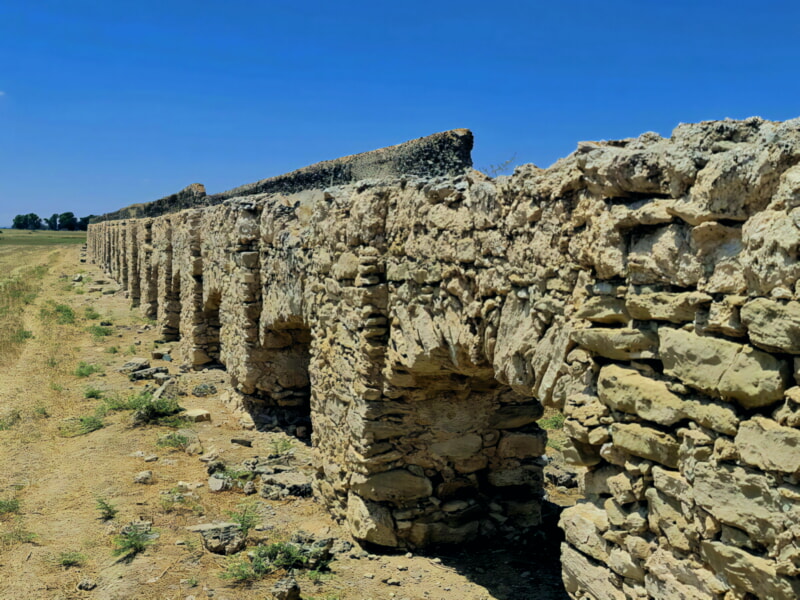
Selimiye Mosque
If you’re looking for an interesting place to visit in Nicosia, look no further than the Selimiye Mosque. It was once a Roman Catholic cathedral, but after the Ottomans took over in 1570 it was converted into a mosque and two minarets were added to the western part of the building.
There are lots of interesting tombstones inside the church, many of which have the coats of arms of crusader knights. The guide will also show you a large vaulted room with mediaeval tombstones that date back centuries.
When the Ottomans took over, they were quick to convert a variety of Christian buildings into mosques. This was especially the case with St. Sophia Cathedral, which was renamed the Hagia Sophia Mosque after the conquest and then renamed Selimiye in 1954.
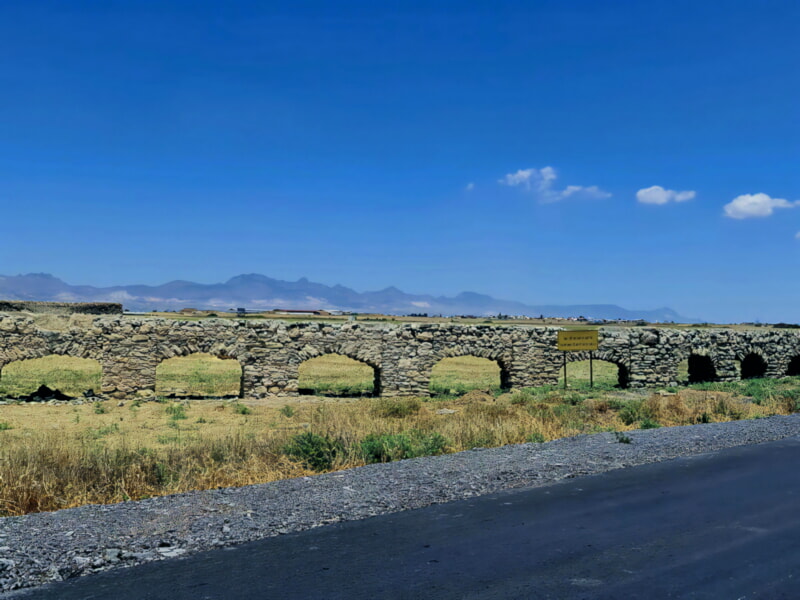
Civil Rights Monument
Nicosia is an interesting city to explore, with its impressive collection of museums and monuments bringing the island's past to life. Despite being a divided capital, there are plenty of things to see and to do here.
A great way to start is with a visit to the Leventis Museum, which has a variety of exhibits that tell Cyprus's vast history. From documents to paintings to artifacts from archaeological digs throughout the island, this museum is a great way to get an idea of what this incredibly diverse country has to offer.
If you're visiting the area, you should also take a look at the Civil Rights Monument. It's located just down from the cathedral, and it's an extremely important part of recent history for Cypriots. It's an important reminder of their struggle for freedom and the end of British oppression.
Shacolas Tower Museum
There aren’t many places in Nicosia that give you a panoramic view of the whole city, but this one does. Located on the 11th floor of Shacolas Tower, it’s the perfect way to take in all the landmarks without having to get on the bus.
The museum has a lot of interesting stuff about the history of Cyprus, including photos, videos and narratives. It also has telescopes that can show you the sights of the city and can be viewed in different languages.
